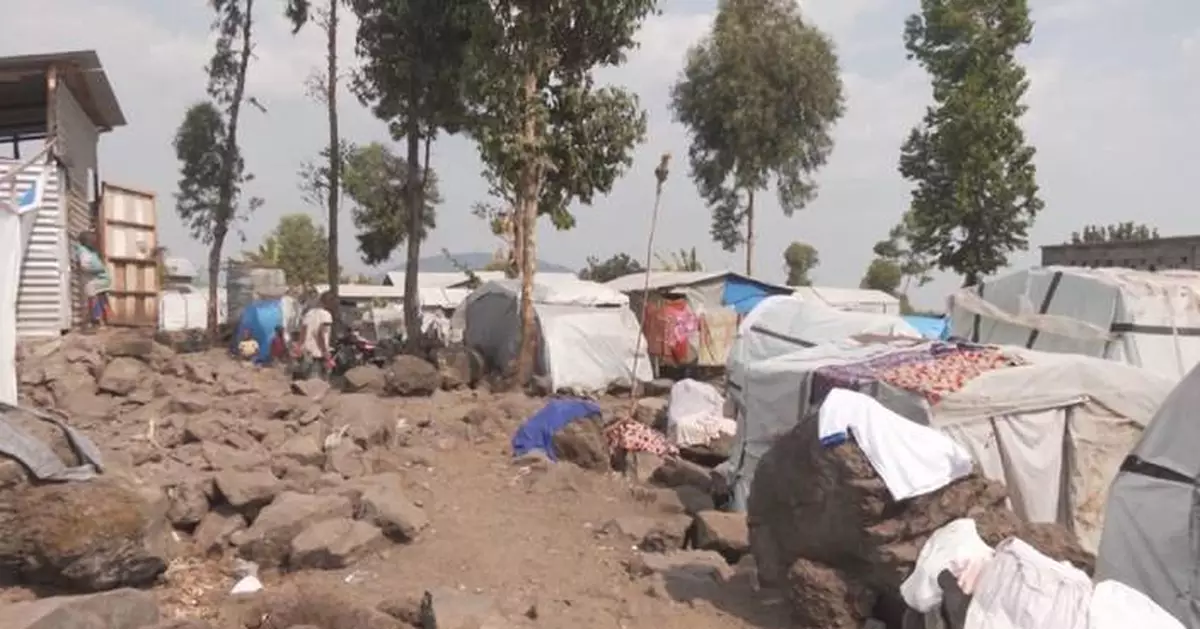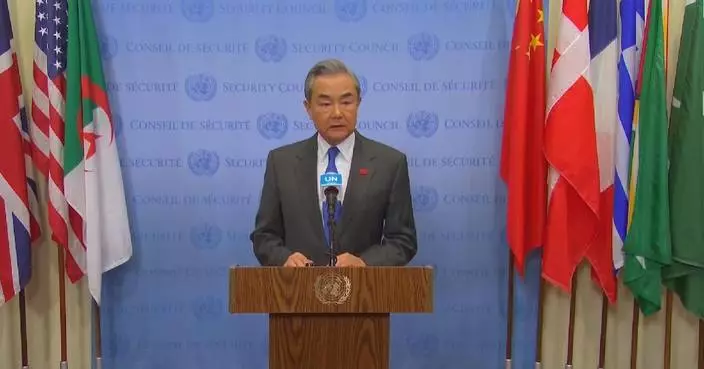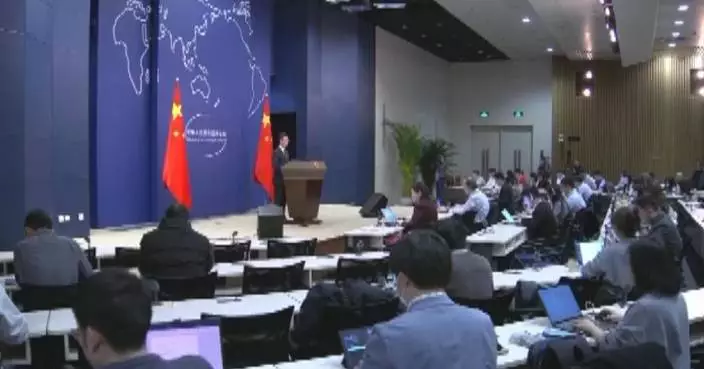UN officials on Tuesday expressed deep concern about the worsening humanitarian situation in eastern Democratic Republic of the Congo (DRC), where intense fighting continues, warning that the next 24 hours would be critical as people there start running low on supplies.
Tensions are running high in the DRC as fighting between the March 23 Movement (M23) rebel group and the DRC army continues in the eastern city of Goma, the capital of North Kivu Province.
UN staff in the conflict zone reported that civilians were targeted by small arms and mortar fire, resulting in numerous casualties. Armed groups have also looted humanitarian supplies, said Jens Laerke, spokesman for the UN Office for the Coordination of Humanitarian Affairs (OCHA), at a press briefing in Geneva, Switzerland.
According to Laerke, hospitals in Goma are overwhelmed and the city is also facing severe disruptions to electricity, water, and internet service.
"Hospitals in Goma are reportedly overwhelmed, struggling to manage the influx of wounded people. Electricity and water supplies are compromised and yesterday, internet services were cut off and Goma is still offline," said Laerke.
Shelley Thakral, spokesperson for the World Food Program (WFP) in DRC, warned that families fleeing the violence face life-threatening challenges and highlighted the growing risk of food shortages.
"We've seen families fleeing the fighting and they're facing unimaginable challenges. Every step of their journey is fraught with danger. Roads are blocked, ports are closed, and those crossing Lake Kivu risk their lives in makeshift boats. WFP is concerned about food scarcity in Goma and rising food prices as the airport and major access roads within the region have been cut off. So, depending on the duration of violence, the supply of food into the city could be severely hampered. This is a huge test for Congolese trapped by fighting in Goma and surrounding areas," said Thakral.
The M23 said Monday that it has taken control of Goma.
More than 400,000 people have been displaced since the start of 2025 in the eastern DRC, where conflicts between the Congolese army and armed groups have intensified.
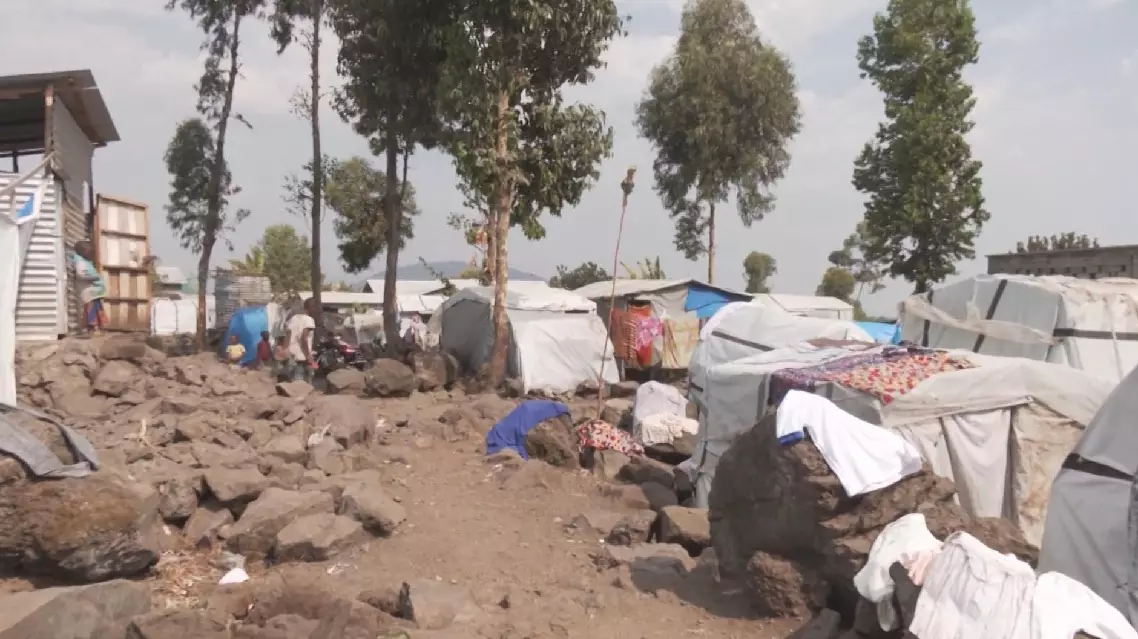
UN officials deeply concerned over humanitarian situation in DR Congo as clashes escalate
The top six archaeological findings across China in 2024 were announced at Wednesday's annual archaeology forum hosted by the Chinese Academy of Social Sciences.
The discoveries, covering from the Paleolithic Age to the Yuan (1271-1368), Ming (1368-1644), and Qing Dynasties (1636-1912), shed light on studies on the history and culture of ancient China.
The earliest of the six, the Dadong Site, is located in Jilin Province in northeast China. Discovered in the strata dating from 28,000 to 24,000 years ago, the site involves an artificial stone circle, which should be the remains of a primary shed of ancient humans, implying the archaeological importance of the Changbai Mountain area in the field of evolutionary anthropology studies.
The Xiatang Site in east China's Zhejiang Province, a Neolithic Age settlement site, reveals the structure and layout of the ancient village, providing new evidence for the study of the social structure of early-stage agricultural societies.
At the Siwa Site, another Neolithic Age site in northwest China's Gansu Province, the first prehistory large-scale near square-shaped moat was discovered, which might hint at the origin of the square-walled cities in China.
The Zhouyuan Site in Shaanxi Province of northwest China shows evidence of China's earliest dynasties, providing written materials for studying the history of Western Zhou Dynasty (about 1046 – 771 BC). With over 200 bone and tortoise shell pieces for divination rites being found, phrases totaling over 180 oracle scripts were recognized, covering documentations of astronomy, calendar, history, and geology.
At a Warring States period site in east China's Anhui Province, the Wuwangdun Site, researchers excavated over 10,000 pieces of cultural relics, including multiple Ding sets, or special cauldron sets, the representative ritual vessels that have long been used to represent social class and nobility, and symbols of China's traditional rites and ethnicity.
In east China's Jiangxi Province, the archaeological site of Jingdezhen City, the world-famous town of porcelain with a thousand-year history, welcomed new discoveries. The latest discoveries at the Jingdezhen Site revealed the sources of materials and fuels that supported the large-scale porcelain production, as well as the local traffic net in the Yuan, Ming, and Qing Dynasties, giving people a perception to understand Jingdezhen's development history.
"These discoveries are not only about gathering ancient relics in the fields, but, more importantly, about their value for academic research. Every single result complements our understanding of Chinese history and culture," said Shi Jinsong, the deputy head of the Institute of Archaeology at the Chinese Academy of Social Science.

China unveils top archaeological findings of 2024
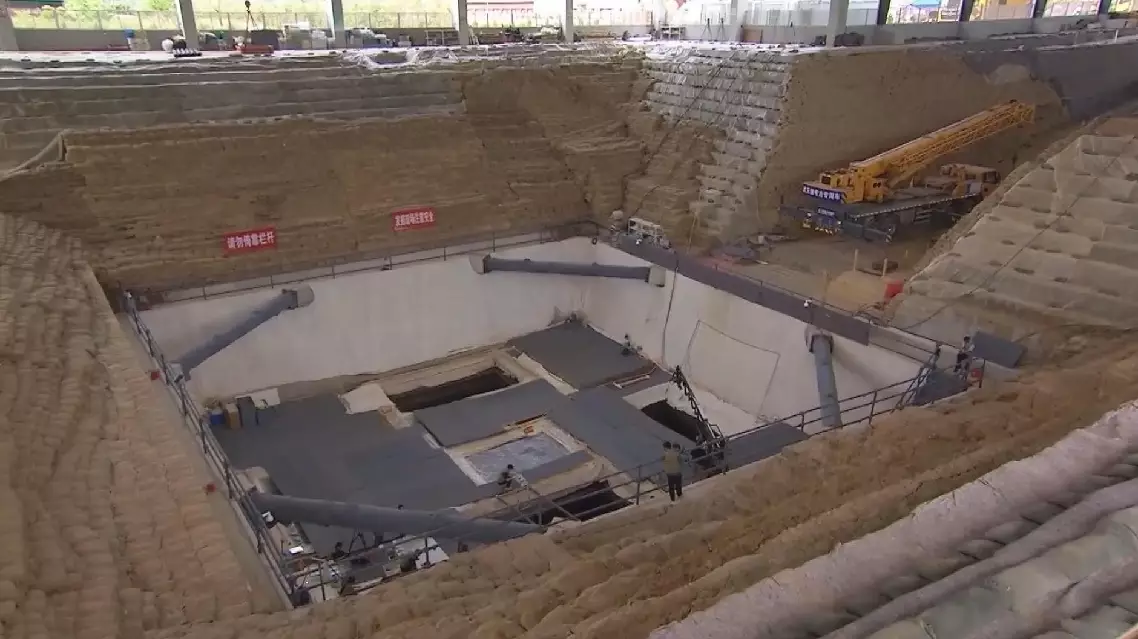
China unveils top archaeological findings of 2024



